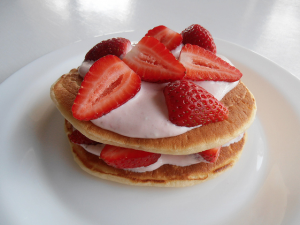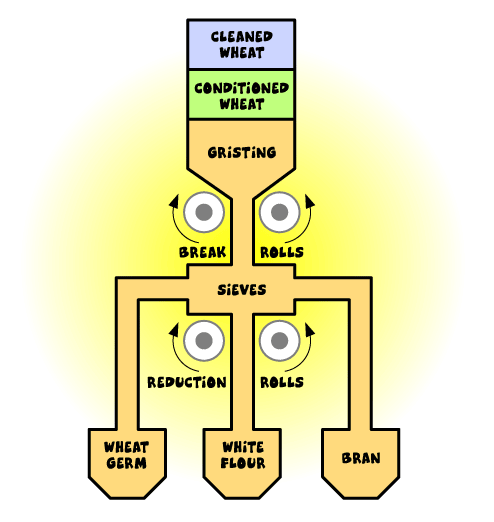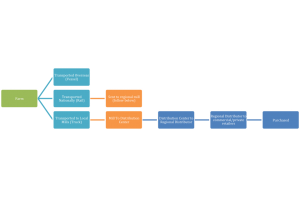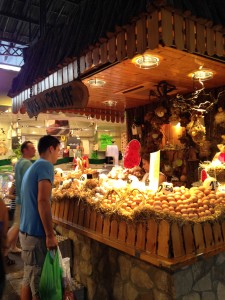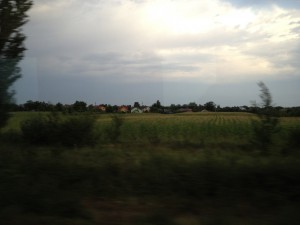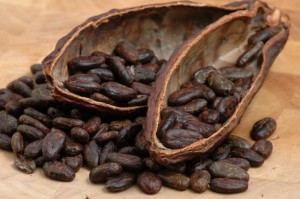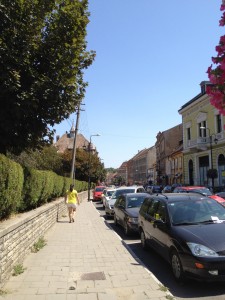Breakfast
by connorwilson ~ July 26th, 2012Pancakes with Strawberries
Ah, Breakfast- my favorite meal of the day. There is nothing like waking up to my favorite dish after a good nights rest. Today on the menu was one of my favorite dishes, Pancakes with Strawberry Puree. A quick question to the chief (mom) about the ingredients used it came as no surprise that flour, buttermilk and local strawberries were the most dominant of them all.
The Whole List:
- 3 Cups of all-purpose flour
- 3 tablespoons of white sugar
- 3 table spoons of baking powder
- 1 ½ teaspoons of baking soda
- ¾ teaspoon salt
- 3 cups buttermilk
- ½ cup milk
- 3 eggs
- 1/3 cup butter
- 3 cups of fresh strawberries
Now, I am sure traces of oil can be found in every product listed, whether it is the machinery used to produce it, farm it or sterilize it- oil is everywhere, but for this blogs own personal sake I am just going to focus on the most evident ingredients with more detail to show the consumption of oil in in our foods.
First off is the all-purpose flour, At first I believed flour was simply grinded wheat with no processing required, and was simply packaged in paper bags and shipped out from the farms directly. I was quite mistaken…Flour is not only made up of wheat, it is actually a combination of Wheat, Maize, and roots/seeds from just about anything they can get their hands on. Nevertheless, the amount of oil used begins to rise from day one in the planting of any flour related crop.
The order of operations goes something like this: preparing the land (machine), maintaining the crop (machine), cutting the crop (machine), uplifting the roots (machine).
Already there is four machines operating off of petroleum and the product has yet to leave farm! Just for fun, I found that the average John Deere tractor for a medium sized farm runs anywhere between 2-5 MPG depending on driving style, so really if you own a large plot of land, the petrol contributing to each of the operations every season is not cheap!
From here, crops are either shipped over seas (by tanker ships through massive silos), or are moved to the closest inland mill. This time, requiring ENOURMOUS amounts of oil. The average vessel such as the Emma Maersk, consumes 163g/kWh which totals to 13,000 KG of petrol per hour. For example purposes, lets use the journey from London to the bays of New Brunswick. On average this trip takes around 10 days, assuming the cruise is operating 24 hours a day. This would equate to 240 hours of service, then equaling 3120000 KG of oil for a single trip!
The milling process however was not as simple to trace. What I found after cross-referencing numerous methods from many different countries is that no two mills do anything the same. Some separate crops- some do not, some bleach their flour- others don’t, some have up to 20 break rolls and 20 reduction rolls (massive metal cylinders that crush the crop and essentially turn it to powder) where as others have 2. According to the European Flour Miller Association, on average there is 4 break rolls and 12 reduction rolls in a single facility. However that’s not all, we must take in to account the other machinery used such as the sorting machines, sieves, and conditioning machines that are used to process the intermediate products.
What I thought was a simple scale process instantly jumped up another 100 levels after only minutes of reading. I attempted to find some information about the energy consumption of these machines but without a clue of any manufacturer names of the machines it was very difficult. BUT, I was able to find an image that shows lightly the order flour goes through as soon as it enters the milling facility (seen below)
Now that I have covered flour from the ground and up (literally), what’s left figure out in this oil tangled commodity it’s how its 1. Packaged and 2. Transported.
Much to my surprise, many flour companies are taking a “green” initiative towards their packaging materials. The triple-layered paper bag flour comes in is most often recycled paper from a third-party paper mill. All sounds pleasant thus far, right? …Wrong. It turns out paper mills and assembly lines (where the paper is turned in to something such as bags) are some of the worst oil consumers and polluters throughout all industries. Thinking back this makes sense, for why else would many pulp mills in the area (New Westminster, Campbell river, Dawson Creek) be closing down.
When stumbling upon this information, I decided to look further and find out what really makes paper/pulp mills so brutal on oil consumption. It turns out that the primary cause is the age of most machinery found in these mills. The pulp process has been going on for ages, and not much has changed from fifty years ago with the exception of computer technology.
The transportation of wheat and its intermediate products can be shown through the graph I created below. Whether the method of transport be by boat, train or vehicle, the oil consumption among all three is an astronomical amount. (see below)
To accompany my very oily pancakes were fresh “locally grown” strawberries. Seeing as how I live in Surrey, the distance these berries travelled could not have been all too long for most blueberries and strawberries are grown just an hour further inland.
However, aside from the pesticide sprayers and plastic container manufacturers, I don’t believe these berries could have required any large amounts of oil. Most likely they were handpicked, and put in a basket to be washed with thousands of others before being packaged in a recycled plastic container and put on a truck to local distribution centers like BC hot house and then to our local grocery stores.
